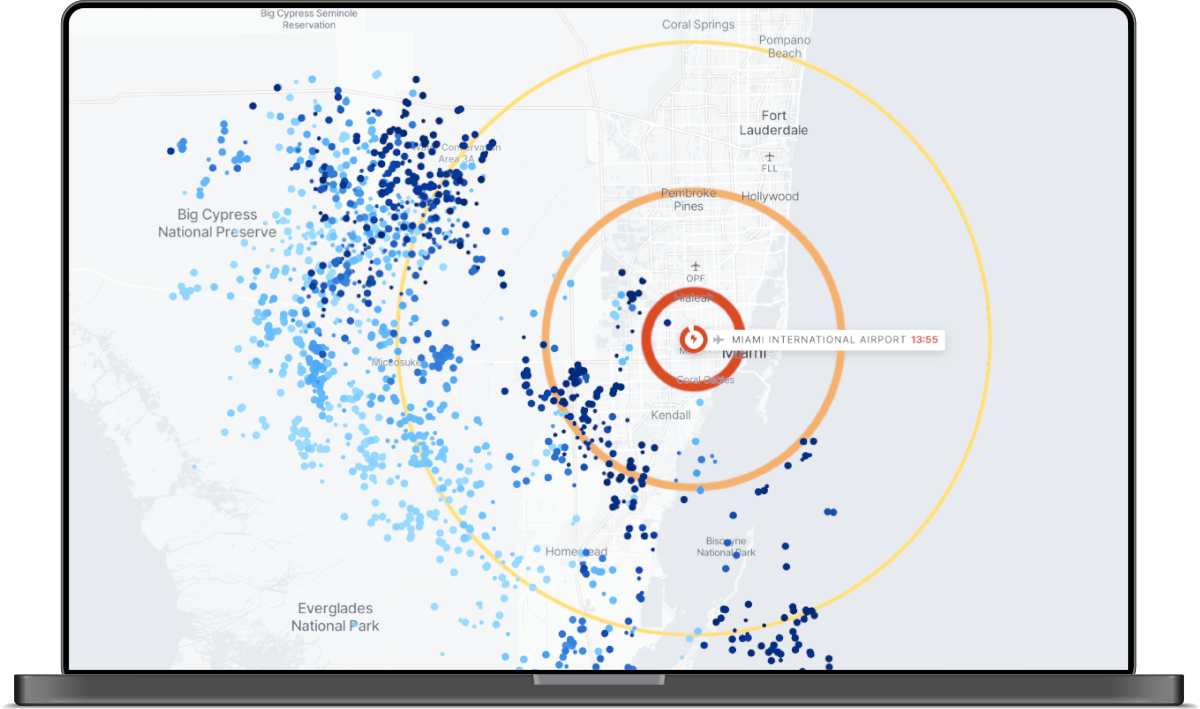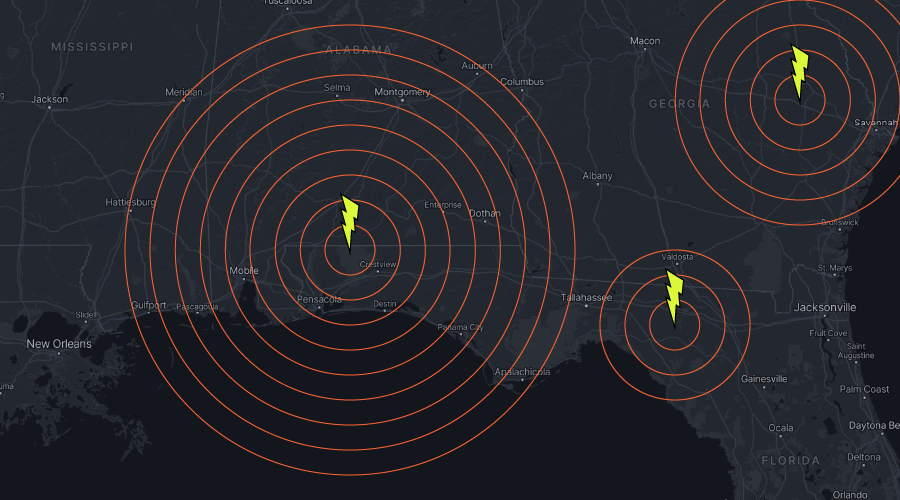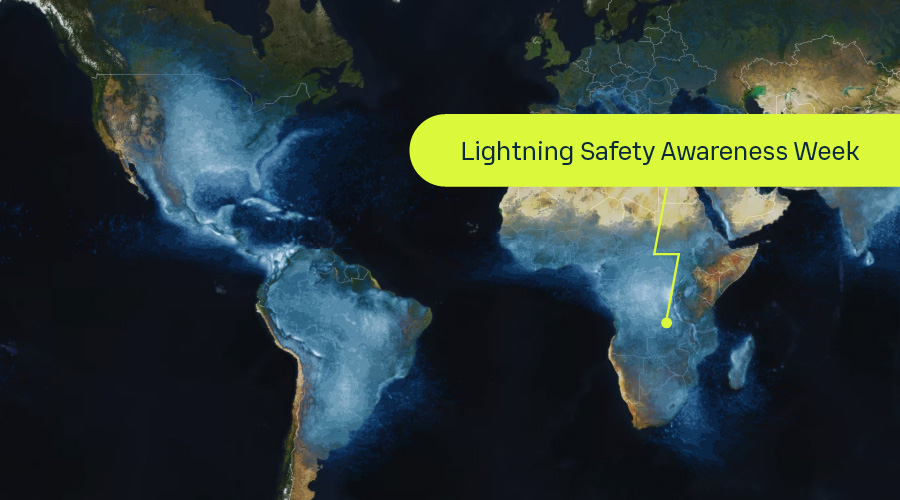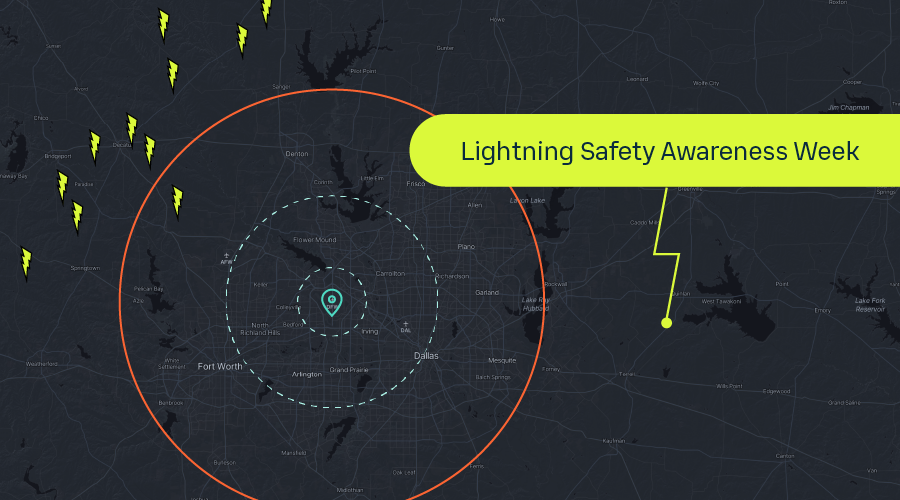Knowing when to cease operations when a thunderstorm rolls in is vital for keeping people safe. Lightning can be life-threatening, but assessing the risk is difficult without access to accurate, up-to-the-minute data and alerts for nearby storms.
In our first post for U.S. National Lightning Safety Awareness Week, we looked at the role of lightning detection in improving awareness and safety. In this second post, we’ll explain how automated lightning alerts help organizations implement lightning safety procedures and protocols.
How we detect and locate lightning in real-time, globally
When lightning discharges electrical current in the clouds (in-cloud lightning or IC for short) or from a cloud to the ground (cloud-to-ground or CG lightning), there is a transfer of electrons. The flow of electrons acts as an antenna, generating electromagnetic waves that can travel many thousands of kilometers from the flash.
Vaisala uses a ground-based, global network of sophisticated radio receivers to detect these lightning-generated electromagnetic waves. Using a unique, patented technique that combines time of arrival and magnetic direction finding, we determine the precise time and location of each lightning event. The network covers all continents, oceans, and seas, detecting lightning anywhere on Earth, even lightning at the North Pole.
Xweather lightning networks operate 24 hours a day, 365 days a year, detecting and reporting lightning mere seconds after each strike occurs. In the U.S., when lightning is more than 3 miles away from you, we will detect it and locate it on a map before you hear it!

In Xweather Protect, lightning alerts activate when lightning occurs within the alert zone.
Lightning safety at airports, mines, and wind farms
Of course, detecting lightning is just the start. Making that information available quickly and reliably to those who need it is critical.
Xweather Protect delivers end-to-end alerting for lightning risk management, real-time storm monitoring, and lightning alert automation.
Alerts are activated when lightning occurs within a specified distance from your location. Xweather Protect supports three levels of alerts (information, warning, and alarm), custom trigger distances, custom alert areas, and a choice of triggering criteria.
When an alert is triggered, Xweather Protect automatically sends notifications to multiple email addresses, SMS phone numbers, and IoT warning systems. You can connect Xweather Protect to on-site systems to warn personnel with flashing lights, sirens, and on-screen displays. Or use the secure alerting API to integrate alerts into your systems and processes to get the right alert to the right people at the right time.
Each alert triggers a countdown timer, which resets if further lightning events are detected. When the countdown reaches zero, Xweather Protect sends a clear notification signaling that it is safe to resume outdoor operations.
Get started with lightning data and alerts
Learn more about Xweather Protect and get started with a 30-day free trial.
Xweather lightning data is also available directly from the Xweather API, Raster Maps, and MapsGL. Building a custom lightning visualization and alerting application to integrate with your existing platform is simple with these developer-centric tools.
Explore the documentation for our lightning endpoints to learn more about our flash, stroke, density, and threat endpoints, get started with a 30-day weather API and mapping trial, or talk to one of our technical experts about your unique lightning data needs.



